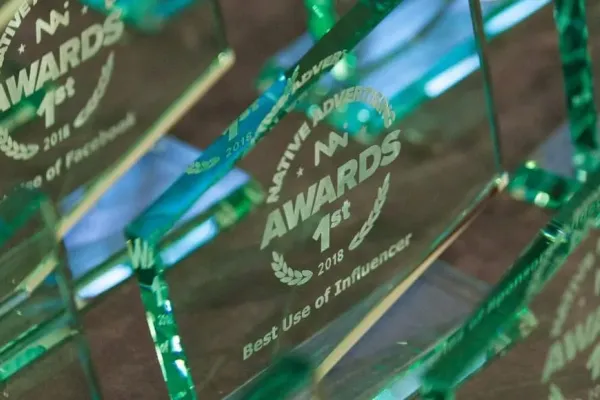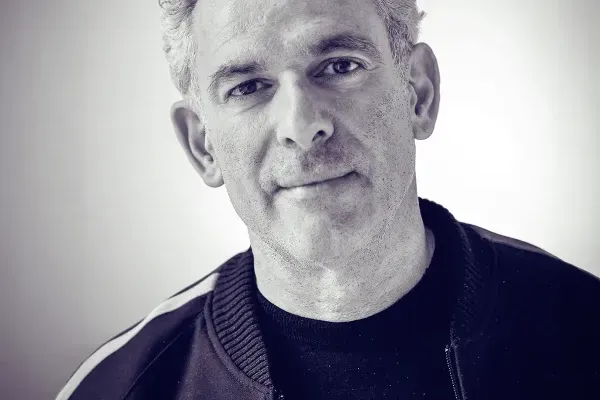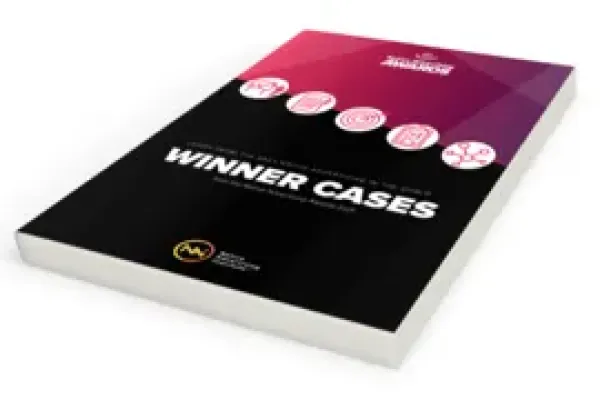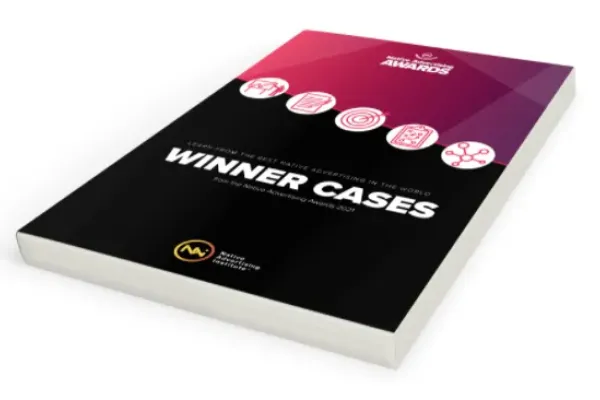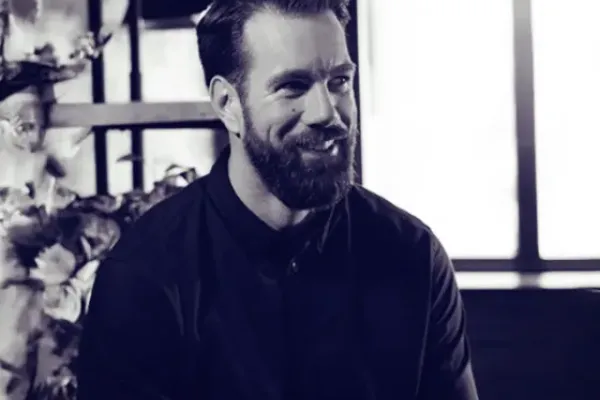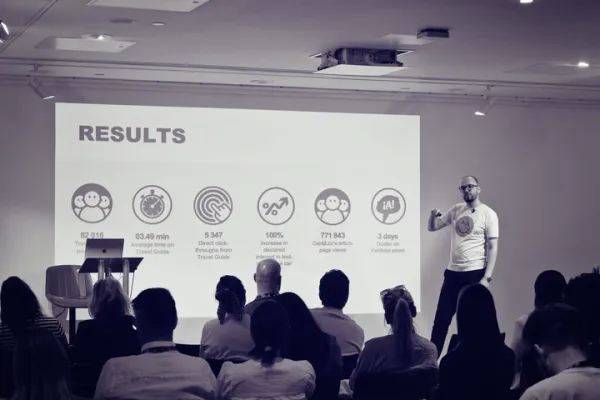
 Details
Details
When the Spice Girls sang: “I need somebody with a human touch”, they probably weren’t talking about AI.
And to be fair, at Native Advertising Days 2025, not many presenters were either – at least compared to Jury Day on May 13, when it took centre-stage.
Rather its presence was alluded to, as the native advertising/content industry indulged in a morning of introspection.
Pure and simple, the market may be growing, but for all its demonstrated excellence, is single-digit growth fast enough? Following its rapid digitalisation, has it yet found the right balance of technology?
Ginger and her gang made a good point: because without a human touch, we quickly lose trust – and for that AI is only partly to blame.
Move slow, fix things – the mantra of choice
After all, trust is our most important currency, Dr Imran Rashid told the audience in his opening keynote ‘From attention economy to intention economy’.
His entertaining overview of how humans are struggling in the digital age really resonated – a crowd made up of 30 different nationalities from six continents, NAI founder and CEO Jesper Laursen told the packed auditorium in his opening address.
But when it comes to doomscrolling, we’re all equally susceptible. In the same primeval way we scratch when things get itchy, our caveman brains can’t resist clickbait. And if we become emotional, we quickly become putty in the hand. Recent history has shown us how this can end badly.
These triggers on our unconscious mind are turning this digital age into a dystopia – Netflix co-founder Reed Hastings wasn’t joking when he said the streamer’s biggest competitor was sleep.
So what needs to happen? According to Dr Rashid, it’s time for us to take a step back, “Move slow, fix things”, and place more emphasis on reflection over reaction. Taking the pace out of the storytelling can sometimes provide the key to the kingdom.
Clear communication crucial to lifting branded content barriers
But maybe not too slowly, according to Luke Spano from Avid Collective.
While his keynote ‘Addressing the 5 barriers of branded content that are key to making it a leading ad channel’ certainly chimed with the doctor’s prescription in many ways, he identified the long drawn-out, complex process involved in many native deals as one of the major barriers.
Native ads/content need to be much easier to buy and easier to deliver, said Spano, and it doesn’t help that there is so much varying jargon – it only confuses clients during the negotiation process.
Frameworks also need to be clear. How does your content deliver on the following consumer reactions: attention, trust, relevance, education, emotion. Or as Luke liked: ‘Know, act, feel, learn’ – no room for misunderstandings.
Communication continues to be crucial during delivery – granting the client exterior access to your project management tools is essential, and the delivery of metrics needs to be totally transparent. No excel spreadsheets, no PDFs, it should all be automated, directly linking the clients with the data sources.
A final takeaway emerged during the questions: The same problems are seen across the whole world, but they do tend to get more acute as the size of the company grows.
Like rush-hour at St Pancras
Following on from the urge for introspection issued in the keynotes – particularly the mantra of ‘Move slow, fix things’ – a number of case study presentations in the St Pancras Room brought context to why this is so important.
Six cases followed one another in quick succession as insights inspired more questions, which yielded more insights, and then more questions – a level of interaction that you don’t often see at conferences today. To quote our British hosts, this crowd was clearly up for it.
Incredibly compelling was ‘Perception Box’ by Ali Gray, VP & Executive Creative Director at Freethink Media, whose thought-provoking video-driven campaign demonstrated that humans might not be able to escape the perception box shaped by their lifetime experiences, but they can expand it.
Based on interviews with 35 subjects, the participants were famous figures mostly known to an American audience, and this provided the audience with numerous takeaways.
Among them were: as complex as the topic might be, it needs to have a clear narrative; be totally transparent (so no scripts!) to develop trust; and don’t pay your interviewees, as this could generate scepticism.
The best, though, was saved for last: the best way to contact VIPs is via book publishers, as the interview could very well coincide with a new book coming out. Compared to talent reps, their door is far more ajar.
And in the end, the celebrity participation really helped extend the reach. Through their channels, Freethink achieved 21 million views of their 29 episodes, but this grew by another 75 million once the videos were shared by the VIPs on their own platforms.
All in all, this was a great example of how slowing down can work – and this case, more than most, really demonstrated the true value of native content.
